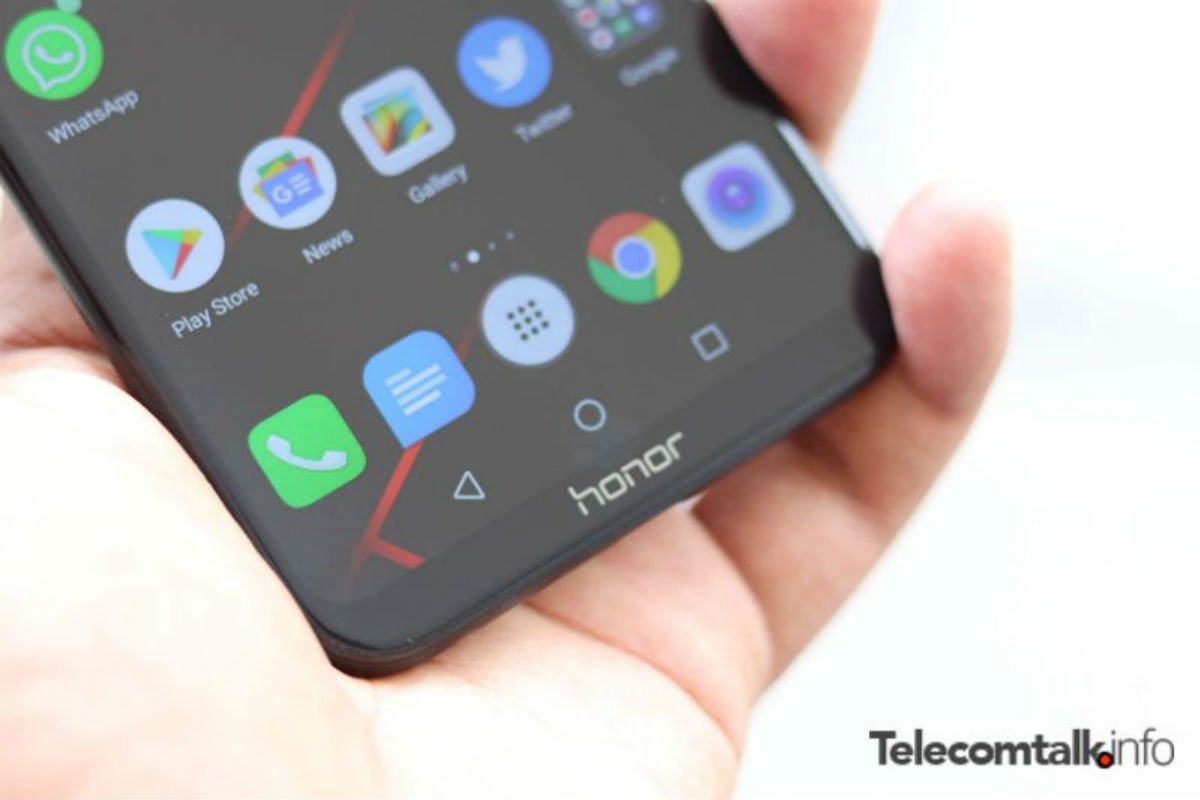For those of you who are into consumer tech, the name Honor might ring some bells. The Chinese smartphone manufacturer, which used to be a subsidiary of Huawei, was quite well known in both India as well as around the world. That being said, the company’s products, being great value propositions and providing good features lacked one major aspect that makes or breaks a smartphone, the software.
What Really Happened
The story of Huawei is that of going from rags of riches (not literally). At the beginning of 2019, the smartphone maker was one of the largest telecommunication gear makers in the world. Add to this the fact that the company was expected to become the world’s largest smartphone manufacturer by the end of 2019, dethroning the well-known market leader, Samsung. Huawei, however, has been under multiple instances of intense scrutiny, having been accused of (without proof) using its products to spy on other nations. This came to be known as quite a worrisome situation, because the company had close ties with the Chinese government. Furthermore, in May 2019, then President of the US, Donald Trump announced that Huawei, along with several other companies, would be part of the Entity List. According to the rules, any company that was a part of this list would be unable to do business with any organisation to operate out of the United States of America. With the ban in place, Huawei had to cut ties with major companies such as Qualcomm, Google and Intel. Google had to refrain from providing Android access to the company, meaning that new Huawei smartphones would no longer be able to ship with Google-owned applications pre-installed. Whilst this might not seem like a major issue, when one considers how dependent we are on Google’s applications and how much of a role they have in a regular users life, their absence makes a smartphone worthless, for lack of a better word, at least outside of China.
The Aftershocks of the Ban
While the initial effects of the ban were not that severe, at least at first glance, there were some follow-up effects which caused some issues for both Huawei and Honor. The major impacts included.
ARM Ceases Operations
For those of you unaware, all of Huawei’s smartphones run on ARM architecture. The current chipsets that have already been designed have mostly remained unaffected, but the newer chipsets for late Q4 2019 will not be able to use ARM’s license. This will cause issues to the lineup of Huawei’s smartphone products.
Restriction of Google Software and Services
Adding to all the uses faced by Huawei, post the ban, the company was not allowed to use Google’s GMS service, which is the core of the software that is offered by the company. This would also result in loss of access to basic applications such as YouTube, Google Play Store and more. As an alternative, Huawei was forced to leave these apps out, making users sideload these apps on very good hardware, lacking basic software. The impact was quite varied, with China not reacting as much as external markets such as Europe, Latin America and more.
Why Honor Can Make a Comeback
All these issues considered, Huawei, which owned Honor and operated it as a sub-brand, was in a heap of trouble. This also led to the company selling off its sub-division late in 2020, to save the subsidiary from the implications of the ban. Honor announced that it was no longer associated with Huawei and as such it would be able to make a comeback. Talking about the recently found freedom, Honor’s head stated that without any supply restrictions and Huawei holding the company back, the company had the freedom to target as well as capture both the mid-tier and high-end markets in key areas like China. Add to this the announcement by Honor which stated that it had renewed its partnership with key suppliers such as Qualcomm and Intel, both of which blacklisted the company some time back, the chances of a return are more than possible. Also, the company stated back in the day that its new phones would feature Mediatek chipsets on board.
What are Honor’s Future Plans?
The company recently stated it would start selling higher-end phones, a demographic that consisted of Huawei’s P series and Mate series offering amazing camera capabilities. The ban meant all the users who wished to own the best of the best that Huawei had to offer would have to give up a lot of features, just for raw hardware. Honor launched the V40 flagship smartphone with MediaTek Dimensity 1000+ chipset. The company is looking to launch the phone in other markets with Google Mobile Services on board. Honor also wishes to expand to markets in Europe and Latin America. Do note that this is easier said than done since the company is yet to reach a new agreement with Google without which it cannot sell devices outside of China.
